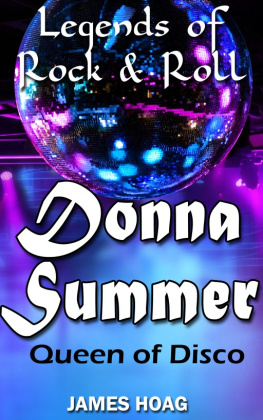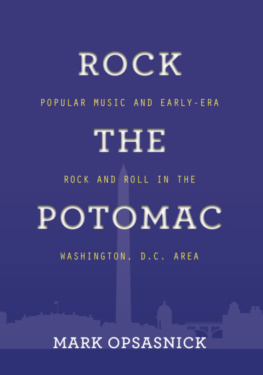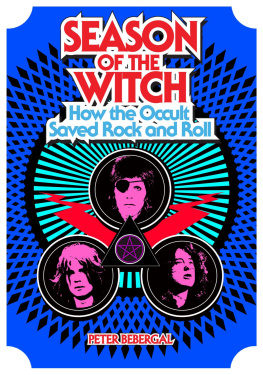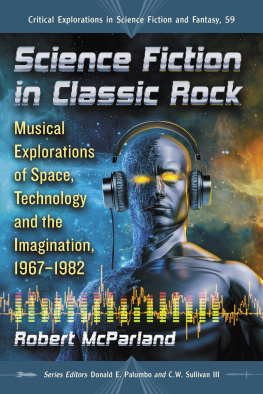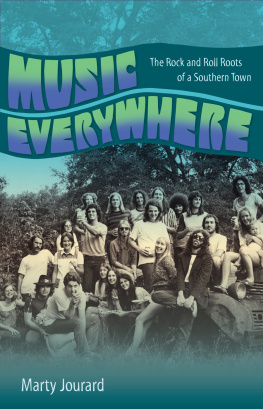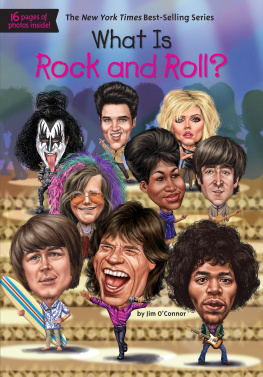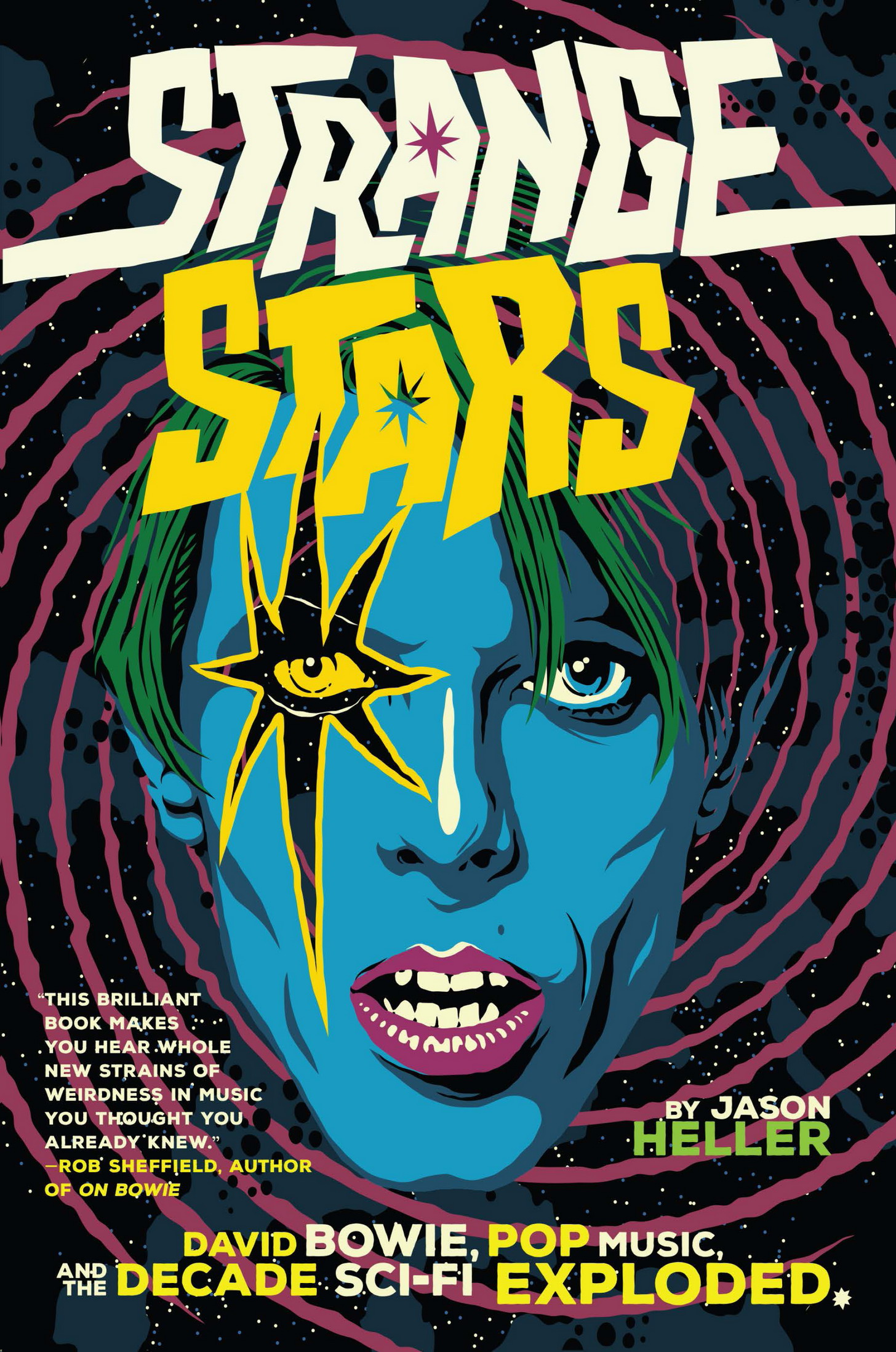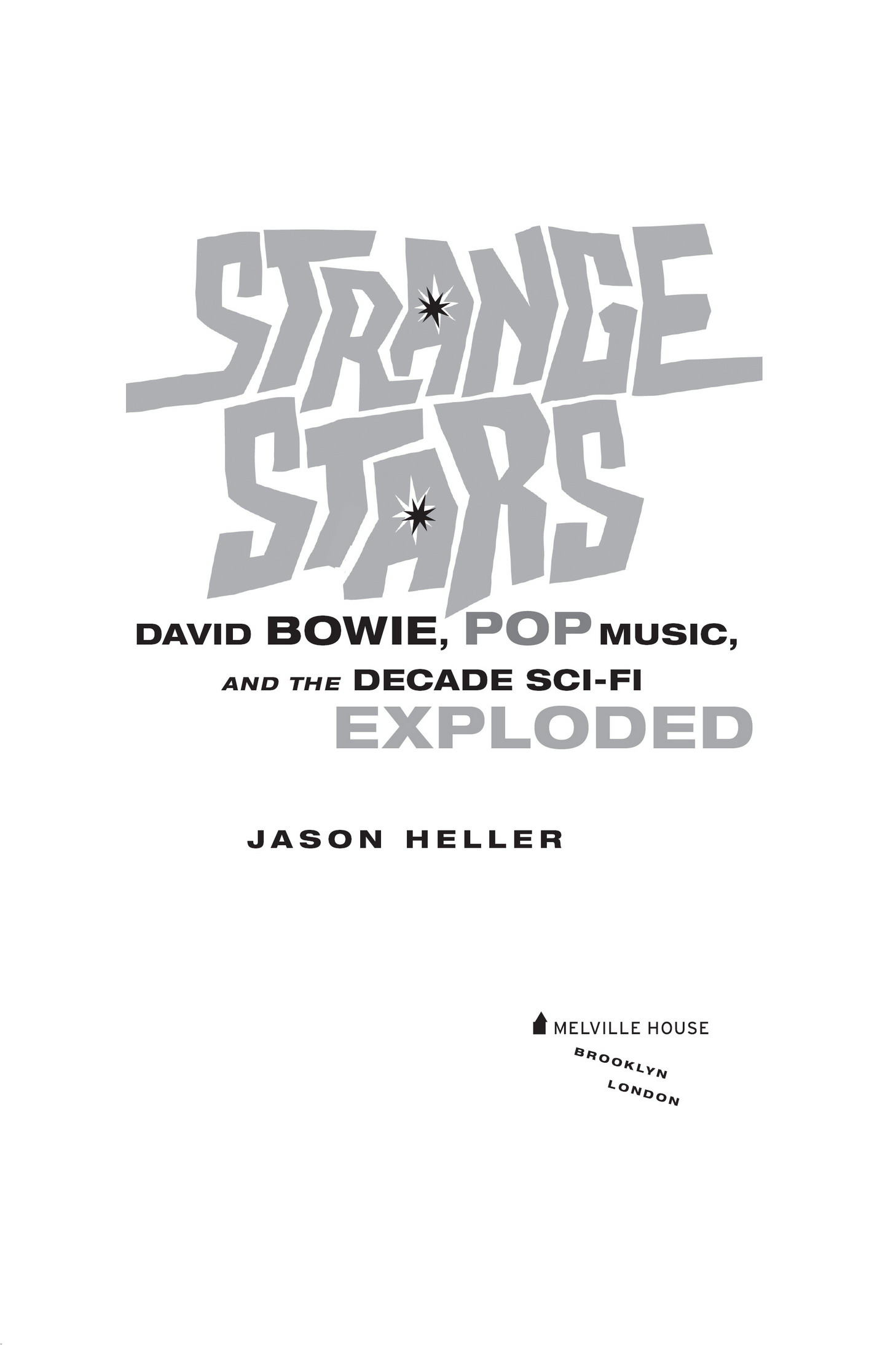Jason Heller - Strange Stars: How Science Fiction and Fantasy Transformed Popular Music
Here you can read online Jason Heller - Strange Stars: How Science Fiction and Fantasy Transformed Popular Music full text of the book (entire story) in english for free. Download pdf and epub, get meaning, cover and reviews about this ebook. year: 2018, publisher: Melville House, genre: Non-fiction. Description of the work, (preface) as well as reviews are available. Best literature library LitArk.com created for fans of good reading and offers a wide selection of genres:
Romance novel
Science fiction
Adventure
Detective
Science
History
Home and family
Prose
Art
Politics
Computer
Non-fiction
Religion
Business
Children
Humor
Choose a favorite category and find really read worthwhile books. Enjoy immersion in the world of imagination, feel the emotions of the characters or learn something new for yourself, make an fascinating discovery.

- Book:Strange Stars: How Science Fiction and Fantasy Transformed Popular Music
- Author:
- Publisher:Melville House
- Genre:
- Year:2018
- Rating:3 / 5
- Favourites:Add to favourites
- Your mark:
Strange Stars: How Science Fiction and Fantasy Transformed Popular Music: summary, description and annotation
We offer to read an annotation, description, summary or preface (depends on what the author of the book "Strange Stars: How Science Fiction and Fantasy Transformed Popular Music" wrote himself). If you haven't found the necessary information about the book — write in the comments, we will try to find it.
As the 1960s drew to a close, and mankind trained its telescopes on other worlds, old conventions gave way to a new kind of hedonistic freedom that celebrated sex, drugs, and rock n roll. Derided as nerdy or dismissed as fluff, science fiction rarely gets credit for its catalyzing effect on this revolution.
In Strange Stars, Jason Heller recasts sci-fi and pop music as parallel cultural forces that depended on one another to expand the horizons of books, music, and out-of-this-world imagery.
In doing so, he presents a whole generation of revered musicians as the sci-fi-obsessed conjurers they really were: from Sun Ra lecturing on the black man in the cosmos, to Pink Floyd jamming live over the broadcast of the Apollo 11 moon landing; from a wave of Star Wars disco chart toppers and synthesiser-wielding post-punks, to Jimi Hendrix distilling the purplish haze he discovered in a pulp novel into psychedelic song. Of course, the whole scene was led by David Bowie, who hid in the balcony of a movie theater to watch 2001: A Space Odyssey, and came out a changed man
If todays culture of Comic Con fanatics, superhero blockbusters, and classic sci-fi reboots has us thinking that the nerds have won at last, Strange Stars brings to life an era of unparalleled and unearthly creativityin magazines, novels, films, records, and concertsto point out that the nerds have been winning all along.
Jason Heller: author's other books
Who wrote Strange Stars: How Science Fiction and Fantasy Transformed Popular Music? Find out the surname, the name of the author of the book and a list of all author's works by series.


